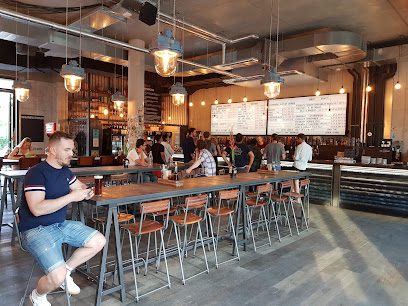
Bundeskanzleramt: Germany's Seat of Power
Explore the Bundeskanzleramt in Berlin, a modern architectural marvel symbolizing Germany's reunification and transparent governance, set within the vibrant government district.
The Bundeskanzleramt, or Federal Chancellery, is the official seat and workplace of the German Chancellor, located in Berlin. This modern architectural marvel, completed in 2001, stands as a symbol of Germany's reunification and its commitment to transparency in governance. Designed by Axel Schultes and Charlotte Frank, the building is part of the 'Federal Ribbon' along the Spree River, integrating seamlessly into Berlin's vibrant cityscape. While public access inside is limited, the building's striking exterior, the surrounding government district, and the nearby Reichstag offer a compelling glimpse into the heart of German politics. Admire the imposing structure, reflect on its historical significance, and contemplate the decisions shaping the nation within its walls. The adjacent Tiergarten park provides a tranquil escape, offering a blend of political insight and serene relaxation.
A brief summary to Bundeskanzleramt Berlin
- Willy-Brandt-Straße 1, Berlin, Mitte, 10557, DE
Local tips
- Visit the Moltkebrücke bridge or the Spree River promenade for the best views of the Bundeskanzleramt's architecture.
- Explore the surrounding 'Federal Ribbon' to see other significant government buildings like the Reichstag, Paul-Löbe-Haus and Marie-Elisabeth-Lüders-Haus.
- Combine your visit with a stroll through the Tiergarten park for a relaxing contrast to the political atmosphere.
Getting There
-
Public Transport
From Berlin Hauptbahnhof (Central Station), the Bundeskanzleramt is easily accessible. Exit the station towards Washingtonplatz and follow the signs for the Bundeskanzleramt. It's approximately a 5-minute walk. Alternatively, take the U5 subway line to the 'Bundestag' station, which is a short walk to the Chancellery. A single fare for public transport within Berlin (AB zone) is around €3.50.
-
Taxi/Ride-Share
A taxi or ride-share from Berlin Hauptbahnhof to the Bundeskanzleramt is a quick and convenient option. The ride typically takes only a few minutes, depending on traffic, and costs approximately €7-€9. Several taxi and ride-sharing services operate in Berlin, such as Taxi Berlin, Uber and Free Now.
-
Walking
From the Brandenburg Gate, walk north along Ebertstraße, then turn left onto Willy-Brandt-Straße. The Bundeskanzleramt will be on your right. The walk is approximately 15-20 minutes. This route allows you to see other government buildings and monuments along the way.
-
Driving
If driving, be aware that parking near the Bundeskanzleramt is very limited. There are parking spaces a little further away on John-Foster-Dulles Allee and Straße des 17. Juni. Consider parking at the nearby Hauptbahnhof (Central Station) and walking or taking public transport the rest of the way. Parking fees in the area typically range from €3-€4 per hour.
Discover more about Bundeskanzleramt Berlin
Iconic landmarks you can’t miss
Bundeskanzleramt Berlin
0.0 km
Explore the Bundeskanzleramt in Berlin, a modern architectural marvel symbolizing Germany's reunification and transparent governance, set within the vibrant government district.
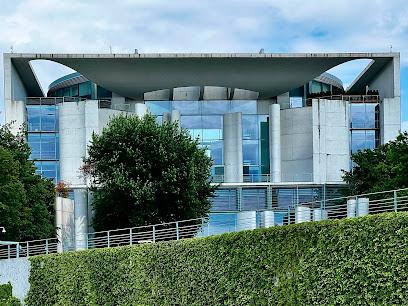
Paul Loebe Building
0.3 km
Discover the striking Paul Löbe Building, a modern architectural gem in Berlin's political heart, showcasing the blend of design and democracy.
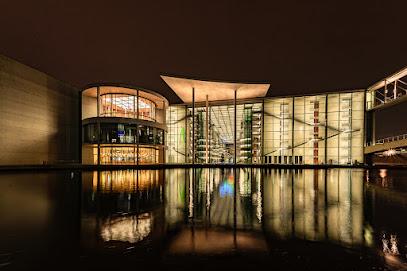
Konrad-Adenauer-Straße 1
0.4 km
Discover the stunning architecture and historical context of Konrad-Adenauer-Straße 1, a modern gem in the heart of Berlin's Mitte district.
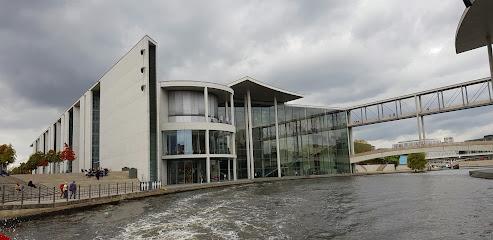
Platz d. Republik
0.4 km
Discover the political heart of Berlin at Platz d. Republik, home to the iconic Reichstag and a vibrant square filled with history and culture.
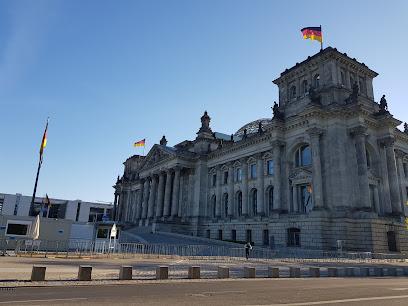
Alexanderufer
0.6 km
Discover the beauty and tranquility of Alexanderufer in Berlin, a perfect blend of history, culture, and stunning riverside views.
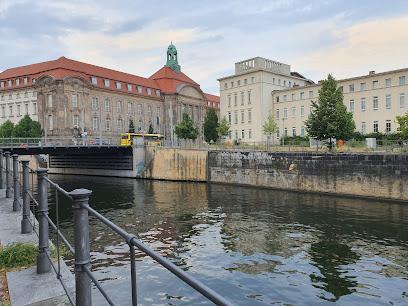
Jakob-Kaiser-Haus
0.7 km
Discover Jakob-Kaiser-Haus, a modern architectural gem in Berlin, symbolizing democracy and political heritage in the heart of Germany.

Tourist Information at Brandenburg Gate
0.7 km
Your gateway to Berlin's history and culture, located at the iconic Brandenburg Gate, offering expert travel advice, tickets, and souvenirs for an unforgettable experience.
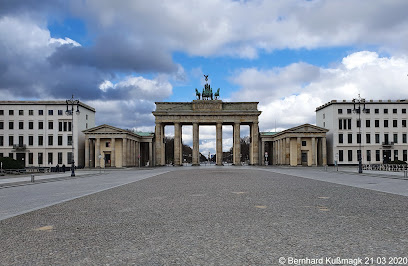
Rudolf Virchow Monument
0.7 km
Discover the Rudolf Virchow Monument in Berlin, a historical tribute that celebrates the legacy of a visionary in medicine and social reform amidst the city's vibrant culture.
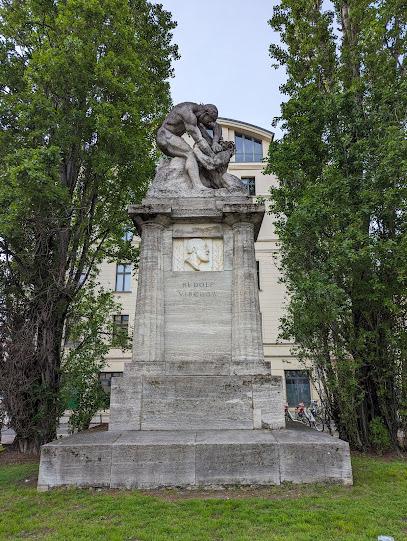
Albrecht von Graefe
0.8 km
Explore the Albrecht von Graefe sculpture in Berlin, a tribute to medical innovation and artistic mastery in the heart of the city.
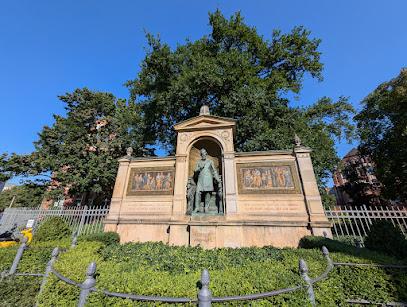
Goethe Monument
0.9 km
Discover the Goethe Monument in Berlin, a stunning tribute to Germany's literary genius amidst the city's vibrant cultural landscape.
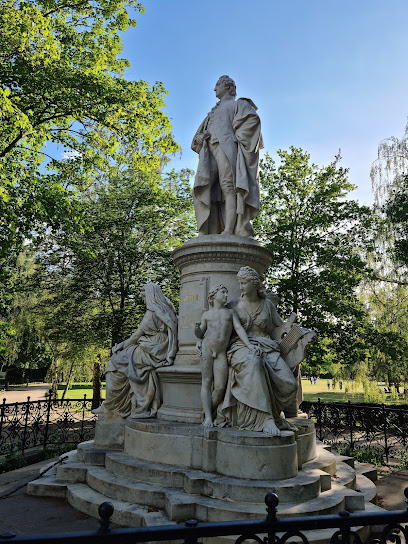
Verwaltung des Deutschen Bundestages
0.9 km
Discover the rich history and stunning architecture of the German Bundestag, a pivotal symbol of democracy in Berlin's vibrant Mitte district.
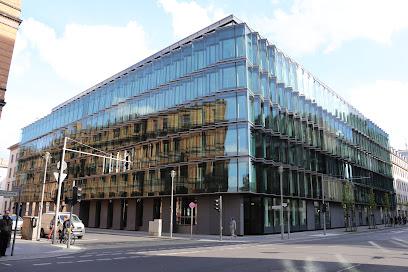
Memorial to Homosexuals Persecuted Under Nazism
0.9 km
Discover the poignant Memorial to Homosexuals Persecuted Under Nazism in Berlin, a powerful tribute to resilience and remembrance of the LGBTQ+ community.
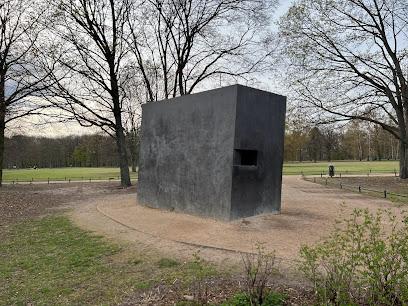
Sandkrugbrücke
0.9 km
Explore the picturesque Sandkrugbrücke in Berlin's Mitte district, a charming bridge offering stunning views and a glimpse into the city's rich history.
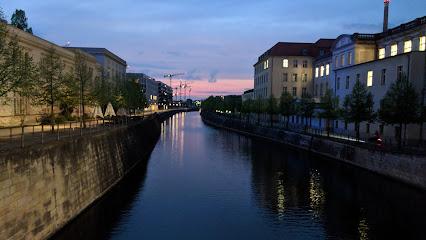
Memorial to the Murdered Jews of Europe
0.9 km
Discover the profound history and solemn beauty of the Memorial to the Murdered Jews of Europe in Berlin, a tribute that resonates deeply with visitors.

Schiffbauerdamm
0.9 km
Discover the cultural heart of Berlin at Schiffbauerdamm, where history meets vibrant entertainment and stunning waterfront views.
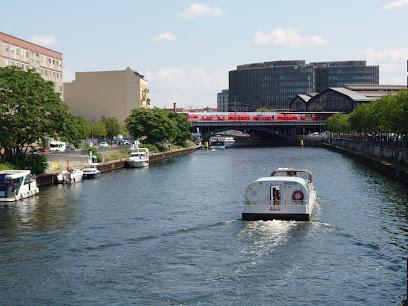
Unmissable attractions to see
Moltkebrücke
0.2 km
Explore the historic Moltkebrücke: a stunning bridge in Berlin offering breathtaking views and a glimpse into the city's architectural heritage.
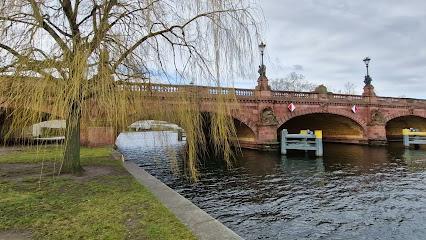
TIPI AM KANZLERAMT Theater
0.2 km
Discover the heart of Berlin's performing arts at TIPI AM KANZLERAMT Theater, where comedy, music, and unforgettable performances await.
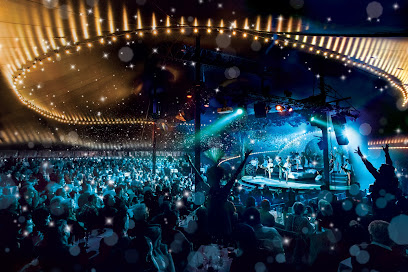
Spreebogenpark
0.3 km
Explore the captivating Spreebogenpark in Berlin, a serene urban retreat with lush landscapes and stunning riverside views, perfect for relaxation and leisure.
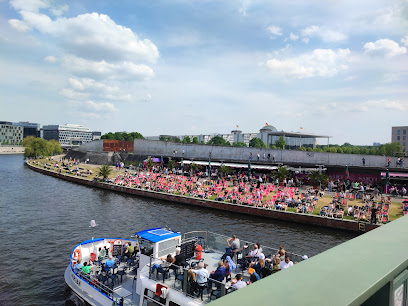
Carillon
0.3 km
Discover the enchanting Carillon of Berlin, a stunning bell tower that offers breathtaking views and melodious chimes in the heart of the city.
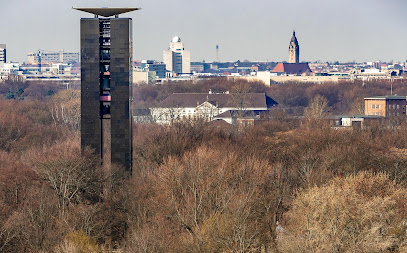
Platz der Republik
0.3 km
Discover the beauty of Platz der Republik, a serene state park nestled beside Berlin's iconic Reichstag, perfect for relaxation and exploration.
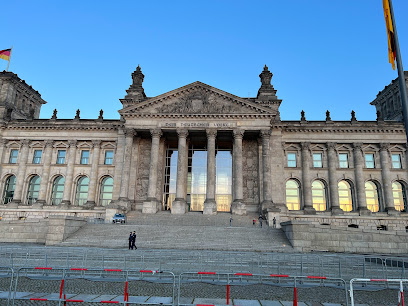
Kongresshalle
0.3 km
Discover the cultural heartbeat of Berlin at Kongresshalle, where music and art come together in an architectural masterpiece.
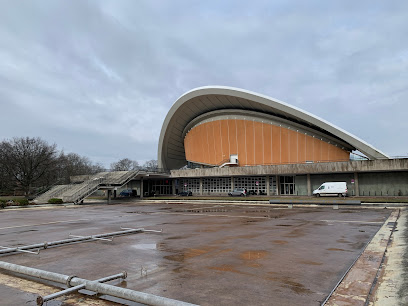
House of World Cultures
0.4 km
Discover global cultures at the House of World Cultures in Berlin, where art, performance, and dialogue unite in a dynamic cultural landscape.
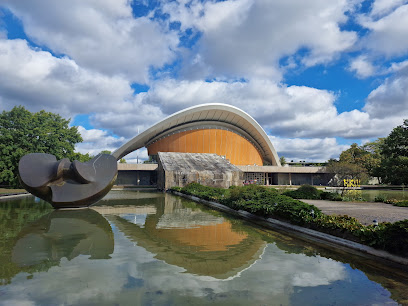
3XN Cube Berlin
0.4 km
Explore the stunning 3XN Cube in Berlin, an architectural gem that redefines modern design and serves as a hub for creativity and innovation.
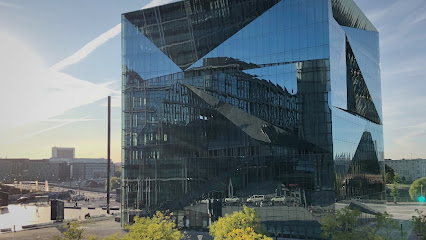
Butterfly - Henry Moore
0.4 km
Explore the enchanting Butterfly - Henry Moore in Berlin, a masterpiece of modern sculpture surrounded by beauty and culture.
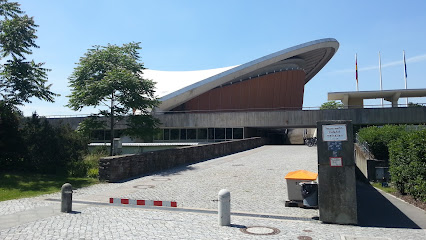
Washingtonplatz
0.4 km
Discover the vibrant atmosphere of Washingtonplatz, Berlin's bustling plaza that blends modern architecture with rich history and cultural events.
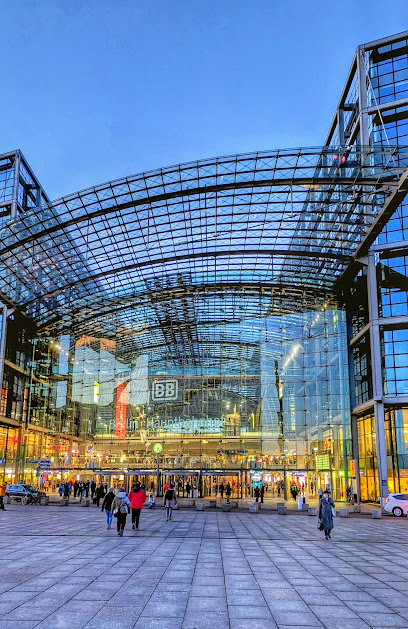
Soviet War Memorial Tiergarten
0.4 km
Experience history at the Soviet War Memorial in Tiergarten, a powerful tribute to the fallen soldiers of World War II surrounded by serene landscapes.

Memorial to the Murdered Members of the Reichstag
0.4 km
Explore the Memorial to the Murdered Members of the Reichstag in Berlin, a poignant tribute that reflects on the strength of democracy and the importance of remembrance.
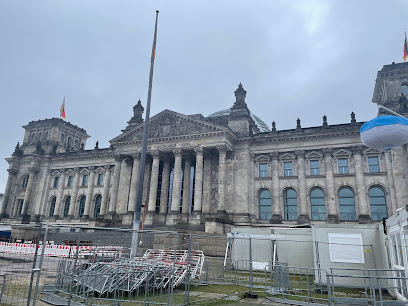
Anlegestelle Paul-Löbe-Haus/ Reichstag
0.5 km
Experience Berlin's political heritage at Anlegestelle Paul-Löbe-Haus, offering stunning views of the Reichstag and vibrant riverfront activities.
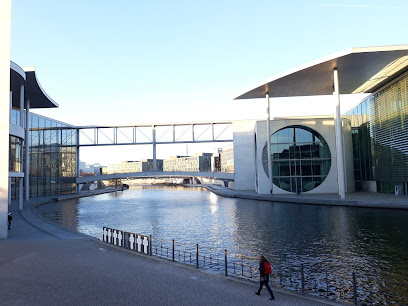
Bundestag
0.5 km
Discover the iconic Bundestag in Berlin, where politics meets stunning architecture and rich history, embodying the essence of German democracy.

Reichstagskuppel
0.5 km
Experience Berlin from above at the spectacular Reichstagskuppel, a stunning symbol of democracy with panoramic city views.
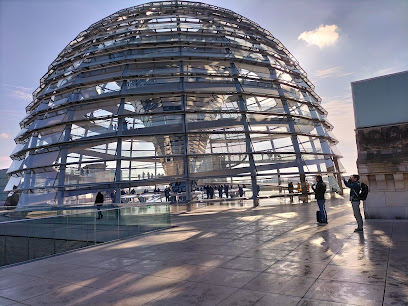
Essential places to dine
Lorenz Adlon Esszimmer
0.8 km
Experience unparalleled fine dining at Lorenz Adlon Esszimmer in Berlin – where modern European cuisine meets historic elegance.

Berliner Republik
1.1 km
Discover Berliner Republik: A Culinary Haven in Berlin's Mitte District Offering Authentic German Cuisine and Lively Atmosphere.
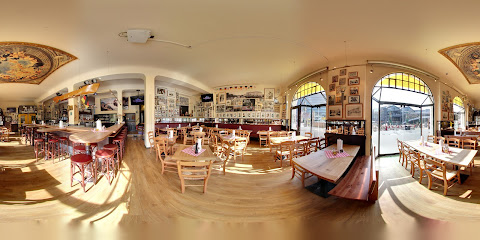
Restaurant Facil
1.3 km
Experience culinary artistry at Restaurant Facil in Berlin – where exquisite flavors meet modern elegance in fine dining.
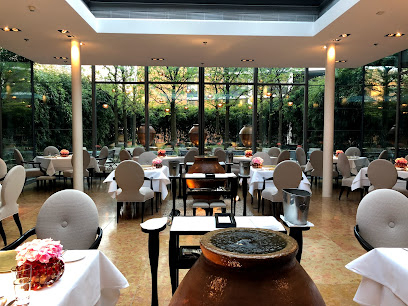
Boulevard Friedrichstrasse
1.3 km
Experience authentic German cuisine at Boulevard Friedrichstrasse, where tradition meets taste in the heart of Berlin.
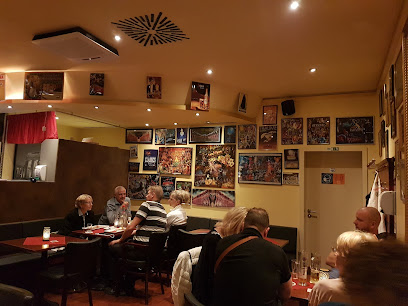
Nante-Eck
1.3 km
Experience authentic German cuisine at Nante-Eck in Berlin’s Mitte district—where tradition meets taste in a cozy atmosphere.
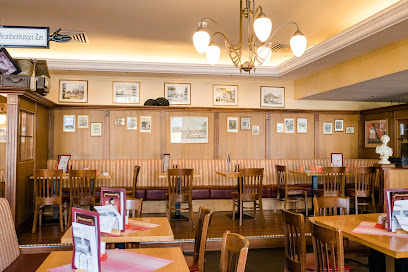
Grill Royal
1.4 km
Experience exceptional steaks and vibrant ambiance at Grill Royal in Berlin’s Mitte district.
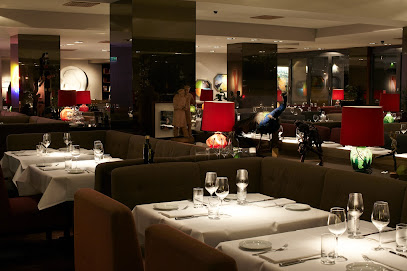
Pantry
1.4 km
Discover an eclectic dining experience at Pantry in Berlin - where fusion cuisine meets elegance in the heart of Mitte.

Bocca di Bacco
1.4 km
Experience authentic Italian cuisine at Bocca di Bacco in Berlin – where tradition meets elegance in every dish.
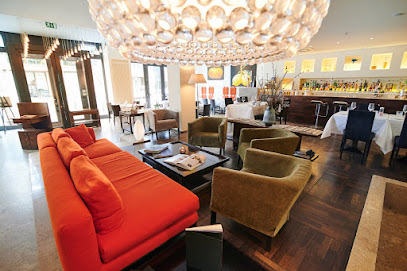
Restaurant Esszimmer
1.5 km
Savor authentic German cuisine in a cozy atmosphere at Restaurant Esszimmer - a must-visit dining destination in Berlin.

Charlotte & Fritz
1.6 km
Experience the pinnacle of fine dining at Charlotte & Fritz, where exquisite flavors meet elegant ambiance in Berlin's Mitte district.
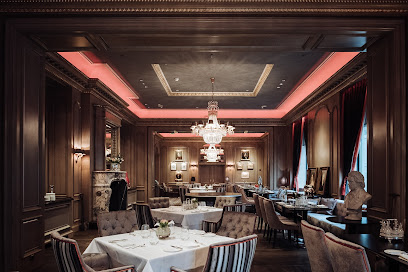
Schnitzelei Mitte
1.6 km
Experience authentic German cuisine at Schnitzelei Mitte, featuring exquisite schnitzels and tapas in Berlin's lively Mitte district.
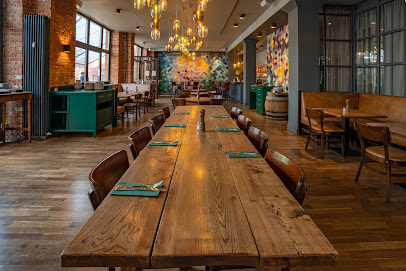
acht&dreissig
1.6 km
Savor traditional German dishes at acht&dreissig in Berlin, where authentic flavors meet inviting ambiance.
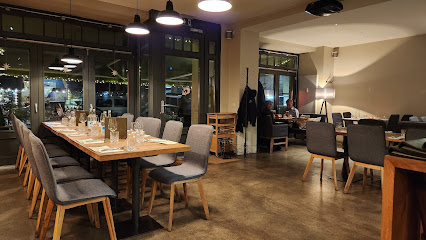
GOLVET
1.6 km
Experience unparalleled fine dining at GOLVET, where modern European cuisine meets breathtaking views in the heart of Berlin.

Restaurant Maximilians Berlin
1.7 km
Experience authentic Bavarian cuisine at Restaurant Maximilians in Berlin's Mitte district—where every meal is a celebration of flavor.
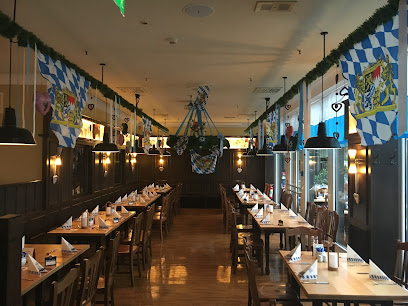
Friedel Richter Restaurant
1.8 km
Experience modern German cuisine at Friedel Richter Restaurant in Berlin's Mitte district – where tradition meets innovation.
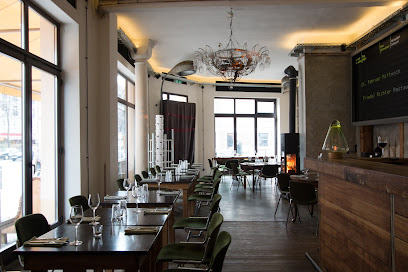
Markets, malls and hidden boutiques
BERLIN STORE
1.2 km
Discover unique souvenirs and local crafts at the Berlin Store, the perfect stop for tourists seeking a piece of the city's vibrant culture.
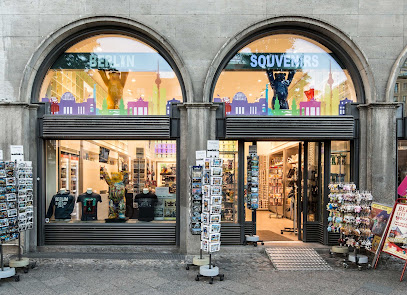
I love Berlin
1.3 km
Explore 'I Love Berlin' for unique souvenirs and gifts that embody the vibrant culture and spirit of Berlin, located in the heart of the city.
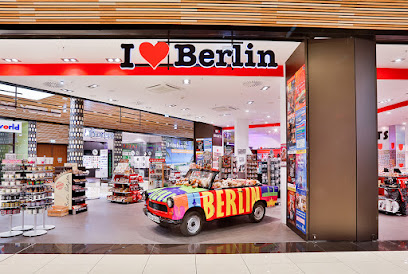
Mall of Berlin
1.3 km
Explore the Mall of Berlin: A shopping haven in the heart of the city with endless retail, dining, and entertainment options.
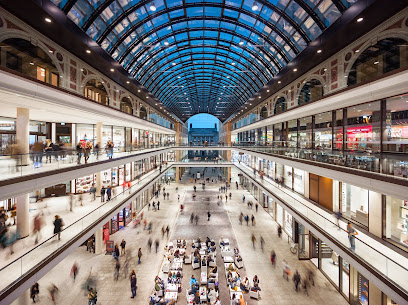
The Playce
1.4 km
Experience shopping bliss at The Playce in Berlin, where high-quality stores meet delightful dining and vibrant entertainment.
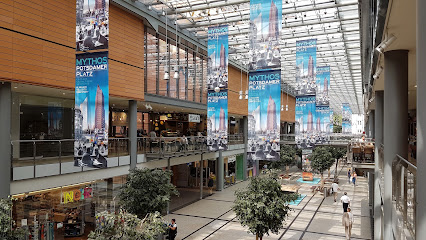
Galeries Lafayette
1.5 km
Discover the allure of luxury shopping and gourmet dining at Galeries Lafayette in the heart of Berlin, a must-visit for every traveler.
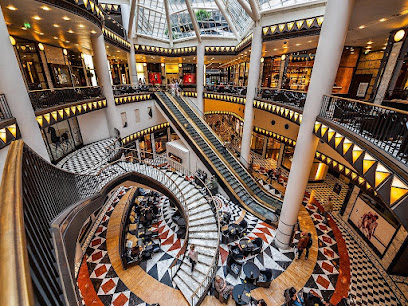
Wolford Boutique Berlin
1.6 km
Experience luxury and elegance at Wolford Boutique Berlin, your go-to destination for exquisite women's fashion and lingerie.
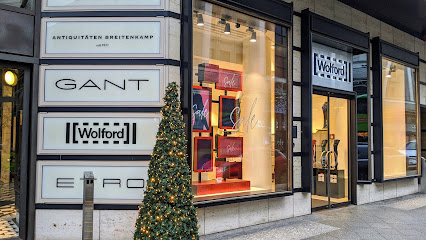
The Square Berlin East
1.7 km
Explore a unique blend of fashion, literature, and home decor at The Square Berlin East, a boutique gem in the heart of Berlin's Mitte district.

Berlin Loves You
1.8 km
Explore unique souvenirs and local treasures at 'Berlin Loves You', the quintessential store for capturing the spirit of Berlin.
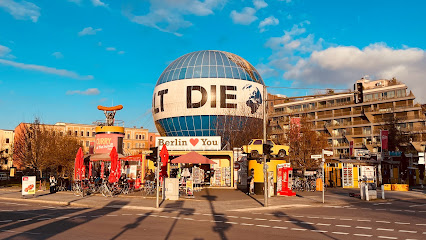
Vielfach Berlin -Das Kreativkaufhaus-
1.9 km
Explore Vielfach Berlin, a unique gift shop and art gallery offering handcrafted souvenirs and local art that capture Berlin's vibrant creative spirit.
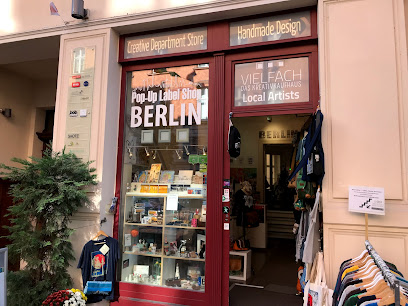
Andreas Murkudis
2.0 km
Explore avant-garde fashion at Andreas Murkudis, a unique clothing store in Berlin's Mitte district showcasing curated collections.

AMPELMANN shop in the Hackescher Markt
2.2 km
Explore the charming AMPELMANN shop in Hackescher Markt for unique Berlin souvenirs that capture the city's spirit and culture.
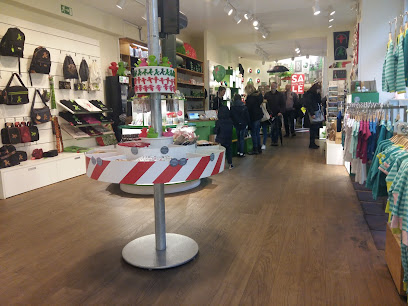
Shop Passage im Humboldt Forum
2.2 km
Explore a captivating selection of gifts and unique souvenirs at Shop Passage im Humboldt Forum, a must-visit destination in Berlin.
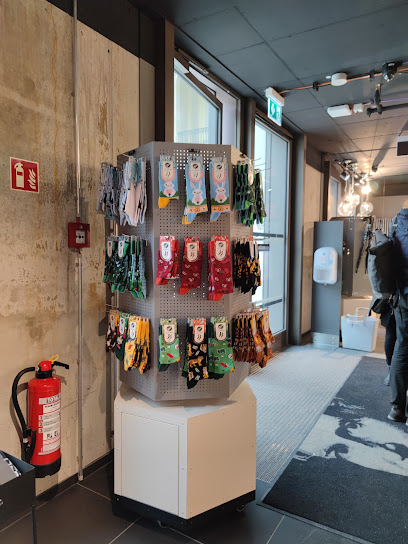
Fashionfouvintage
2.3 km
Explore Fashionfouvintage in Berlin for a unique vintage clothing experience, showcasing timeless styles from various eras that inspire and delight.

Hackesche Höfe
2.3 km
Explore Hackesche Höfe, a vibrant shopping and cultural hub in Berlin, featuring unique shops, diverse dining options, and artistic experiences.
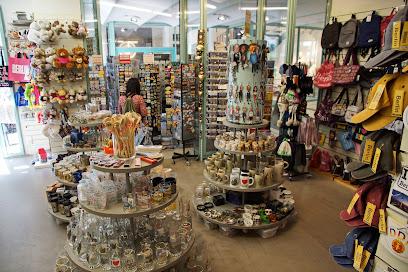
Redbear Berlin
2.3 km
Explore Redbear Berlin, a stylish boutique offering unique fashion pieces in the vibrant Mitte district, perfect for discerning shoppers.

Essential bars & hidden hideouts
The Curtain Club
1.2 km
Experience elegance at The Curtain Club, Berlin's premier bar with exquisite cocktails and a chic atmosphere in the heart of Potsdamer Platz.
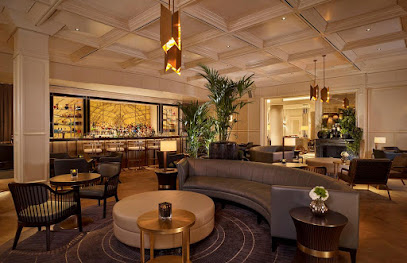
Windhorst
1.2 km
Experience Berlin's vibrant nightlife at Windhorst, an upscale cocktail bar serving exquisite drinks in a stylish atmosphere in the heart of Mitte.
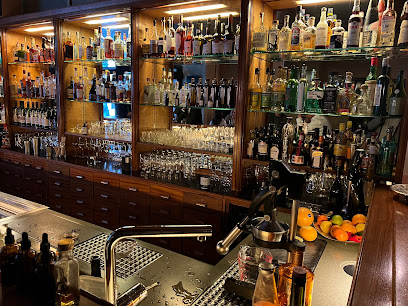
Posh Bar
1.3 km
Discover the elegance of Posh Bar in Berlin, where expertly crafted cocktails meet a chic atmosphere in the heart of the city's nightlife.
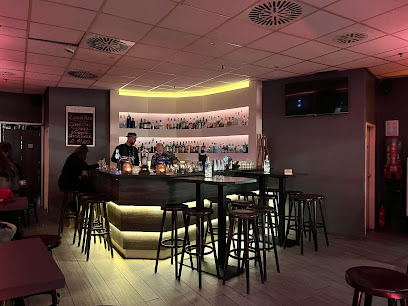
Melody Nelson bar
1.4 km
Discover the vibrant atmosphere of Melody Nelson, Berlin's chic bistro and cocktail bar, perfect for unwinding and socializing.
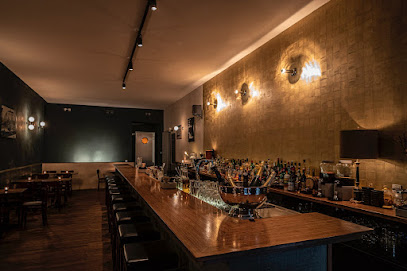
meisterschueler
1.4 km
Discover Meisterschueler in Berlin – a captivating cocktail bar that intertwines art and mixology for an unforgettable experience.
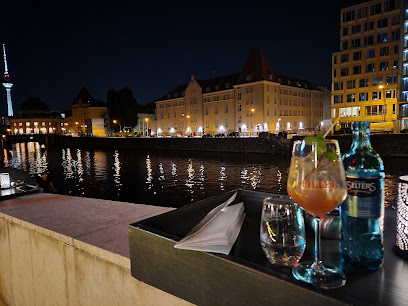
Bar Amélie
1.6 km
Discover Berlin's vibrant cocktail scene at Bar Amélie, where expertly crafted drinks meet a cozy atmosphere in the heart of the city.
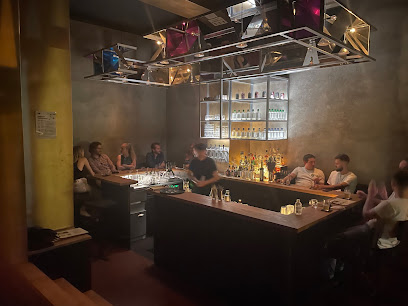
Reingold
1.6 km
Experience the vibrant nightlife of Berlin at Reingold, a cocktail bar in Mitte known for its expertly crafted drinks and lively atmosphere.
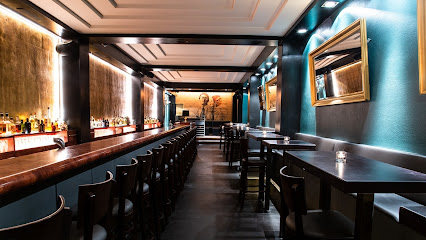
X-Terrain
1.6 km
Discover the eclectic vibe of X-Terrain, a unique bar in Berlin's Mitte with creative cocktails and a lively atmosphere perfect for nightlife enthusiasts.
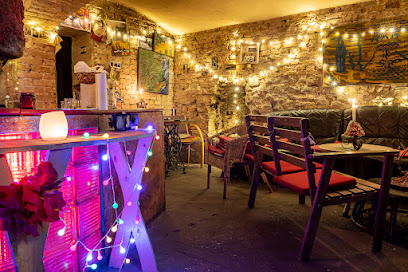
Newton Bar
1.7 km
Experience the vibrant nightlife of Berlin at Newton Bar, where stylish cocktails and a chic atmosphere await in Mitte.
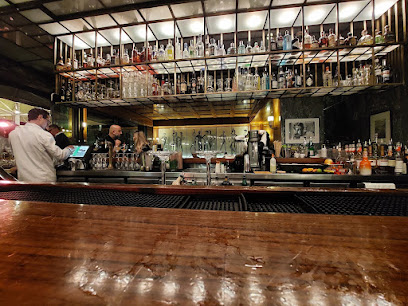
The Unique Bar Berlin
1.9 km
Discover the vibrant nightlife at The Unique Bar Berlin, where exquisite cocktails and a stylish atmosphere await you in the heart of the city.
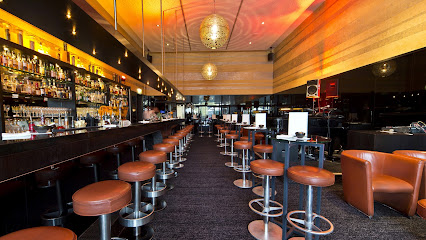
Charlie's Beach
1.9 km
Discover the perfect blend of relaxation and excitement at Charlie's Beach, a vibrant bar in Berlin's Mitte district with delightful drinks and a lively atmosphere.
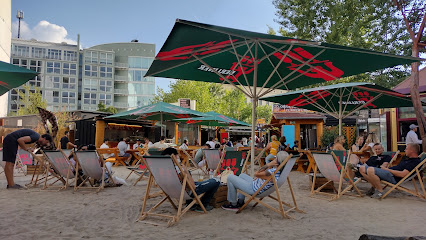
My Bar ICI
2.1 km
Discover the vibrant atmosphere and exquisite drink selection at My Bar ICI, a must-visit bar in the heart of Berlin's Mitte district.
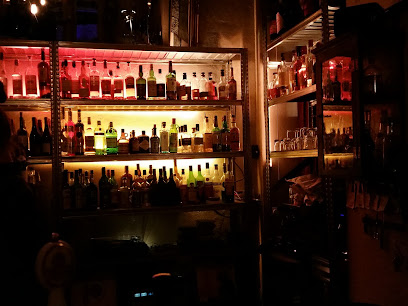
Victoria Bar
2.1 km
Experience the vibrant nightlife of Berlin at Victoria Bar, known for its exquisite cocktails and stylish atmosphere.
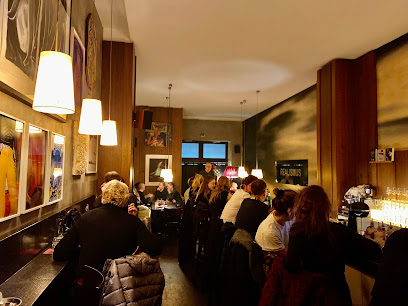
TheCoven Bar
2.1 km
Discover the allure of TheCoven Bar, a cocktail haven in the heart of Berlin's Mitte district, where innovative drinks meet enchanting ambiance.
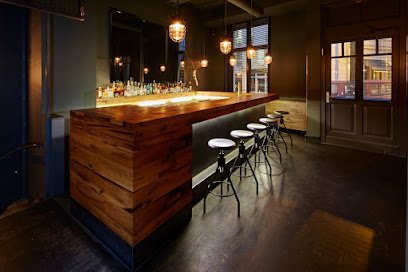
BrewDog Berlin Mitte
2.3 km
Discover the vibrant atmosphere and diverse craft beer selection at BrewDog Berlin Mitte, where every sip tells a story.
